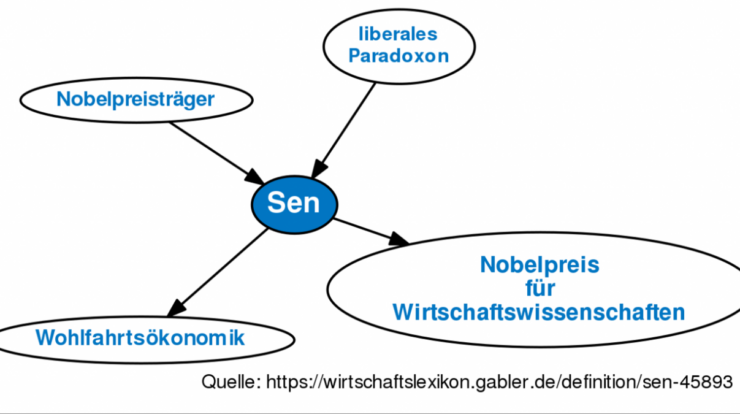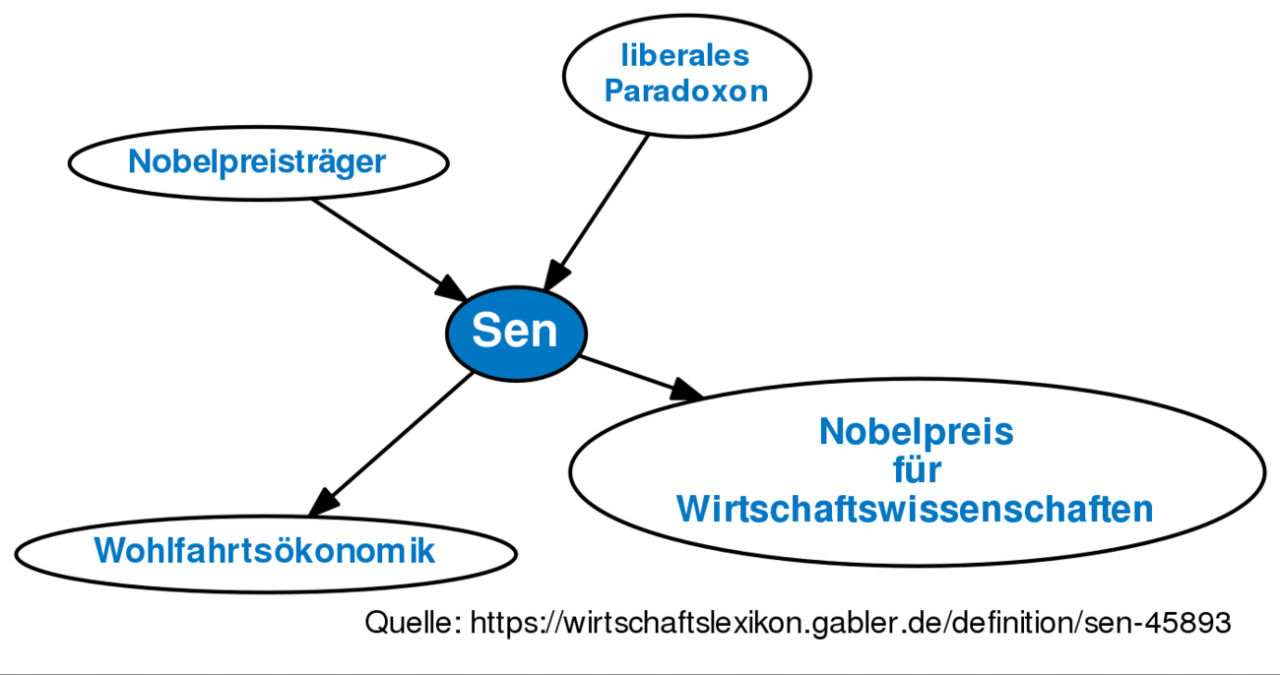
Sen definition – Embark on a profound exploration of the multifaceted concept of “sen,” unraveling its historical roots, philosophical interpretations, artistic representations, psychological underpinnings, and practical applications in our daily lives.
From its origins in ancient languages to its profound significance in Eastern philosophy, sen embodies a tapestry of meanings that have captivated thinkers and artists throughout history.
Etymology of “Sen”
The word “sen” originates from the Japanese language, where it refers to a small coin worth one hundredth of a yen. Its etymology can be traced back to the Chinese character “銭” (qián), which means “coin” or “money.” Over time, the term “sen” was adopted into other languages, including Korean and Vietnamese, where it also signifies a monetary unit.
Historical Evolution
- In ancient China, the character “銭” was used to represent various types of coins, including those made of bronze, silver, and gold.
- During the Edo period in Japan (1603-1868), the “sen” became the primary monetary unit, replacing the “mon” coin.
- In the late 19th century, the Japanese government introduced the yen as the new national currency, with the sen becoming its subdivision.
Philosophical Interpretations of “Sen”
Eastern Philosophy
In Eastern philosophy, particularly in Buddhism and Taoism, the concept of “sen” holds significant meaning.
- Buddhism:Sen refers to a moment of intuitive insight or enlightenment, where one transcends the limitations of ordinary perception and experiences a deeper understanding of reality.
- Taoism:Sen is associated with the spontaneous and effortless flow of energy within the universe, guiding individuals toward harmony and balance.
Literary and Artistic Representations of “Sen”
The concept of “sen” has been widely explored in literature, poetry, and other art forms.
Literary Depictions, Sen definition
- In Japanese haiku poetry, the word “sen” is often used to evoke a fleeting moment of insight or awareness.
- In modern literature, sen has become a symbol of intuitive knowledge and the search for deeper meaning.
Artistic Expressions
- In traditional Japanese painting, sen is depicted through the use of brushstrokes that capture the essence of spontaneity and intuition.
- In contemporary art, sen has been explored through installations, sculptures, and other forms that seek to engage the senses and evoke a sense of heightened awareness.
Psychological Perspectives on “Sen”

Within psychology, sen is often associated with the concept of mindfulness and the development of self-awareness.
- Consciousness:Sen is seen as a heightened state of consciousness, where individuals are fully present and attuned to their surroundings.
- Perception:Sen can enhance perception, allowing individuals to notice subtle details and patterns that may otherwise be overlooked.
- Emotion:Sen is believed to promote emotional regulation and the ability to respond to challenges with greater equanimity.
Practical Applications of “Sen”
The concept of sen can be applied in various aspects of daily life to enhance well-being and personal growth.
- Meditation and Mindfulness:Practicing mindfulness meditation can cultivate sen by bringing attention to the present moment and fostering a sense of awareness.
- Decision-Making:Sen can guide decision-making by providing intuitive insights that complement rational analysis.
- Creativity:Sen can stimulate creativity by allowing individuals to access deeper levels of inspiration and imagination.
Last Recap: Sen Definition

In conclusion, sen stands as a multifaceted concept that transcends cultural and disciplinary boundaries. Its enduring presence in philosophy, literature, psychology, and daily life underscores its profound impact on our understanding of ourselves and the world around us.
Helpful Answers
What is the etymology of “sen”?
The word “sen” has its roots in ancient Japanese, where it signifies “essence” or “core.” It has also been adopted into Chinese, Korean, and Vietnamese, where it carries similar meanings.
How is “sen” interpreted in Eastern philosophy?
In Buddhism and Taoism, sen represents an intuitive understanding of the world that transcends rational thought. It is associated with enlightenment, awareness, and the interconnectedness of all things.
How is “sen” portrayed in literature and art?
In literature and art, sen often manifests as a moment of profound insight or connection. It may be depicted through symbols of nature, such as the flowing of water or the stillness of a mountain.




